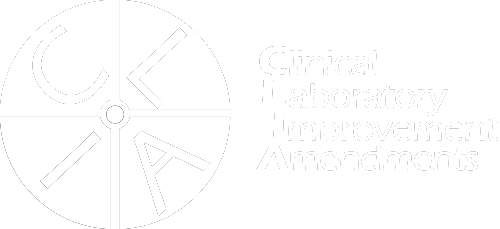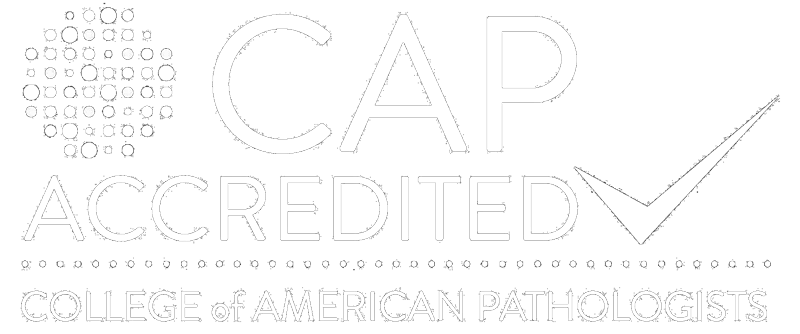The opioid epidemic in the United States is now the leading cause of death for Americans under 50, with no end in sight. More people die from drug overdoses than of any other non-natural cause, including guns, suicide and car accidents. Last November, the U.S. Food and Drug Administration approved the use of Sublocade, a once-monthly injection of extended-release buprenorphine, a medication-assisted treatment (MAT) option for moderate-to-severe opioid use disorder.
Improved Results
Patients treated with MAT often demonstrate dramatic improvement in addiction-related behaviors and psychosocial functioning. Regular adherence to MAT with buprenorphine reduces opioid withdrawal symptoms and the desire to use opioids, without causing the cycle of highs and lows associated with opioid misuse or abuse. During six months of clinical trials, the FDA used urine drug screening and self-reporting of illicit opioid use to measure a response to MAT. Results indicated that Sublocade-treated patients had more weeks without positive urine tests or self-reports of opioid use, and a higher proportion of patients had no evidence of illicit opioid use throughout the treatment period, compared to the placebo group.
At proper doses, buprenorphine also decreases the pleasurable effects of other opioids, making continued opioid abuse less attractive. The National Institute on Drug Abuse (NIDA) and organizations of addiction-care professionals like the American Society of Addiction Medicine (ASAM) and American Association of Addiction Psychiatry (AAAP) have identified buprenorphine as a safe and effective treatment.
Importance of ongoing monitoring
Patients treated with monthly injections, like Sublocade, remain at risk of relapse, and the only way to know if a patient relapses or regresses is through ongoing drug testing. NADCP’s Adult Drug Court Best Practice Standards, Volume II recommends that, “drug and alcohol testing should continue uninterrupted to reveal any relapse as other components of the participants’ treatment regimens are adjusted.” (Cary, 2011; Marlowe, 2011, 2012). In addition, drug testing can help determine if the medication is used as prescribed, to monitor possible diversion, and to identify if the patient migrated to a new substance of choice. Unexpected test results indicate a need for a treatment plan adjustment and a therapeutic conversation.
In its publication, The ASAM Appropriate Use of Drug Testing in Clinical Addiction Medicine’s Pocket Guide, the American Society of Addiction Medicine recommends drug testing during and after tapering from methadone or buprenorphine as an important part of a patient’s recovery. These treatment reductions are often associated with increased relapse risk and ongoing substance use monitoring is the best method to offset increased relapse risk. Treatment courts may also want to consider increasing drug testing frequency during tapering and in the period after tapering to increase the likelihood of participant abstinence after graduation and throughout their aftercare plan.
Courts should select a laboratory partner with expertise in drug testing in addiction treatment settings. The provider you choose for substance use monitoring should collaborate with you on how to select the correct panel, assist with interpreting test results and keep your court informed of any drug use trends in your region. “Everyone who seeks treatment for opioid use disorder deserves the opportunity to be offered the treatment best suited to the needs of each individual patient, in combination with counseling and psychosocial support, as part of a comprehensive recovery plan,” said FDA Commissioner Scott Gottlieb, M.D.
Contact us for more information on best practices for substance use testing for participants with opioid use disorders.


